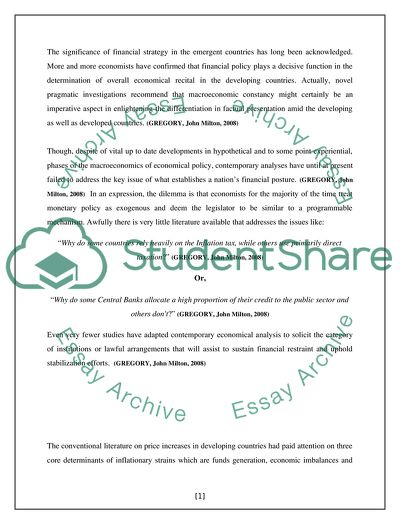Cite this document
(Cost-Shifting, Externalities and Their Impacts Coursework, n.d.)
Cost-Shifting, Externalities and Their Impacts Coursework. Retrieved from https://studentshare.org/finance-accounting/1723600-discuss-the-meaning-that-cost-shifting-and-externalities-have-in-developing-countries
Cost-Shifting, Externalities and Their Impacts Coursework. Retrieved from https://studentshare.org/finance-accounting/1723600-discuss-the-meaning-that-cost-shifting-and-externalities-have-in-developing-countries
(Cost-Shifting, Externalities and Their Impacts Coursework)
Cost-Shifting, Externalities and Their Impacts Coursework. https://studentshare.org/finance-accounting/1723600-discuss-the-meaning-that-cost-shifting-and-externalities-have-in-developing-countries.
Cost-Shifting, Externalities and Their Impacts Coursework. https://studentshare.org/finance-accounting/1723600-discuss-the-meaning-that-cost-shifting-and-externalities-have-in-developing-countries.
“Cost-Shifting, Externalities and Their Impacts Coursework”. https://studentshare.org/finance-accounting/1723600-discuss-the-meaning-that-cost-shifting-and-externalities-have-in-developing-countries.


